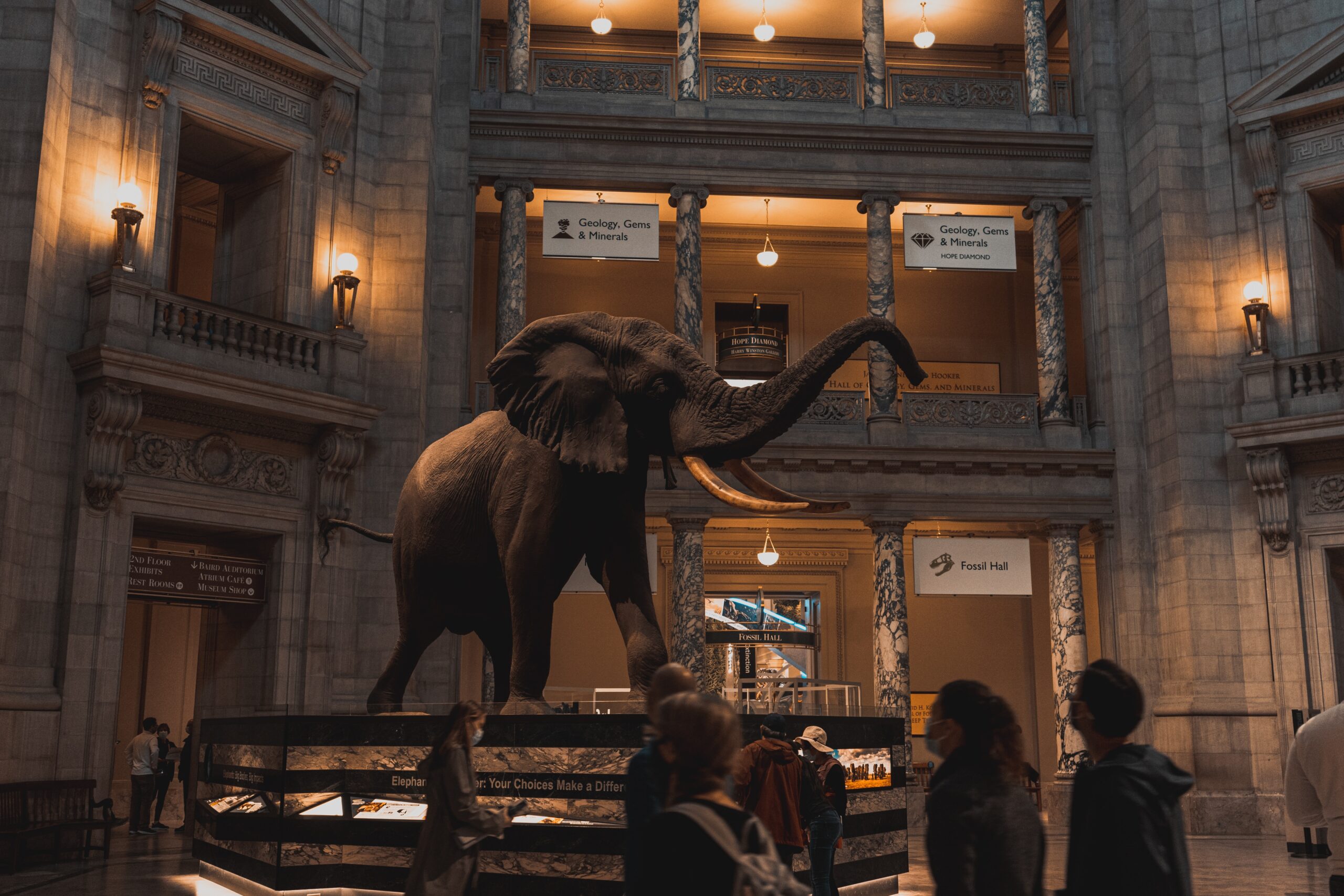The Best Museums in the World
Recently updated on January 17, 2025
Total words: 836

Museums are the perfect place to explore the history, art, and culture of the world. From ancient artifacts to contemporary masterpieces, there’s something for everyone to enjoy. In this article, we’ll take a look at some of the best museums in the world.
- The Louvre, Paris
The Louvre is one of the most famous museums in the world, located in Paris, France. It is home to an extensive collection of art and artifacts, including the iconic Mona Lisa by Leonardo da Vinci, the Winged Victory of Samothrace, and the Venus de Milo. The museum also boasts a collection of over 35,000 works of art, including paintings, sculptures, and decorative arts.
- The Smithsonian Institution, Washington D.C.
The Smithsonian Institution is a network of museums and research centers located in Washington D.C., United States. The institution includes 19 museums and galleries, including the National Air and Space Museum, the National Museum of American History, and the National Museum of Natural History. The Smithsonian collections contain over 155 million items, including works of art, scientific specimens, and historical artifacts.
- The British Museum, London
The British Museum is a world-renowned museum located in London, United Kingdom. It is home to an extensive collection of artifacts and works of art, including the Rosetta Stone, the Elgin Marbles, and the Lewis Chessmen. The museum’s collection spans over two million years of human history, and includes items from every continent.
- The Metropolitan Museum of Art, New York City
The Metropolitan Museum of Art, also known as the Met, is located in New York City, United States. It is one of the largest museums in the world, with a collection of over 2 million works of art spanning 5,000 years of world culture. The museum’s collection includes works of art from ancient civilizations, as well as contemporary pieces.
- The Hermitage Museum, St. Petersburg
The Hermitage Museum is located in St. Petersburg, Russia, and is one of the largest and oldest museums in the world. The museum is housed in a former royal palace, and contains over 3 million works of art and artifacts, including works by Rembrandt, Leonardo da Vinci, and Michelangelo. The museum also has an extensive collection of antiquities, including ancient Greek and Roman artifacts.
In conclusion, these five museums represent some of the best in the world, with collections that span thousands of years and include works of art and artifacts from every corner of the globe. Whether you’re interested in ancient history, contemporary art, or anything in between, there’s something for everyone at these museums. So why not plan a trip and explore the world of art and culture for yourself?
1. What are the top museums to visit in the world?
Some of the top museums to visit in the world include The Louvre in Paris, The British Museum in London, The Metropolitan Museum of Art in New York City, The Vatican Museums in Vatican City, and The Hermitage Museum in St. Petersburg, Russia. Each of these museums houses an impressive collection of art and artifacts spanning various civilizations and time periods.
2. How can I make the most of my museum visit?
To make the most of your museum visit, start by researching the museum’s highlights and must-see exhibits beforehand. Consider taking a guided tour to gain deeper insights into the artworks on display. Take your time exploring each exhibit, read the informational placards, and don’t forget to capture memories through photos (if allowed). Lastly, reflect on your experience and discuss it with fellow visitors or museum staff for a richer understanding.
3. Are there any unique museums around the world worth visiting?
Yes, there are numerous unique museums around the world worth visiting, such as The Museum of Broken Relationships in Croatia, The Museum of Bad Art in the United States, The Dog Collar Museum in England, The Museum of Jurassic Technology in California, and The Museum of Witchcraft and Magic in Cornwall. These museums offer unconventional collections that provide a different perspective on art, history, and society.
4. How important is museum preservation and conservation?
Museum preservation and conservation are crucial in maintaining the integrity and longevity of art and artifacts for future generations. Conservation efforts involve stabilizing, repairing, and protecting objects from deterioration caused by environmental factors, handling, and aging. By preserving cultural heritage, museums contribute to the understanding and appreciation of history and art across diverse communities.
5. What role do museums play in educating the public?
Museums play a vital role in educating the public by offering curated exhibitions, educational programs, and interactive displays that engage visitors of all ages. They provide a platform for learning about diverse cultures, scientific discoveries, historical events, and artistic movements. Museums also foster critical thinking, creativity, and empathy by encouraging visitors to explore, question, and reflect on the world around them.